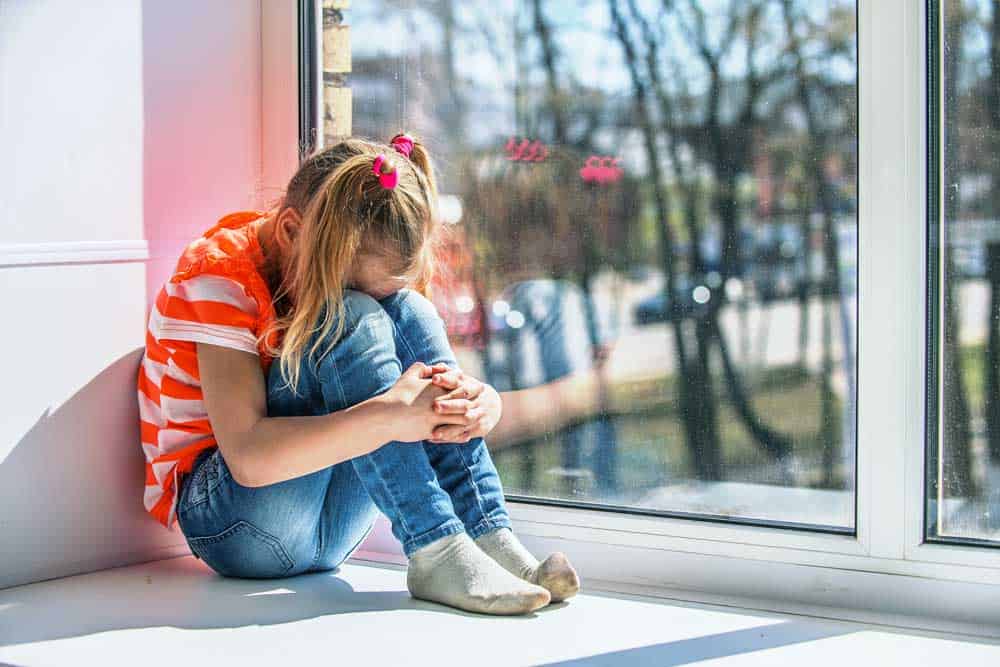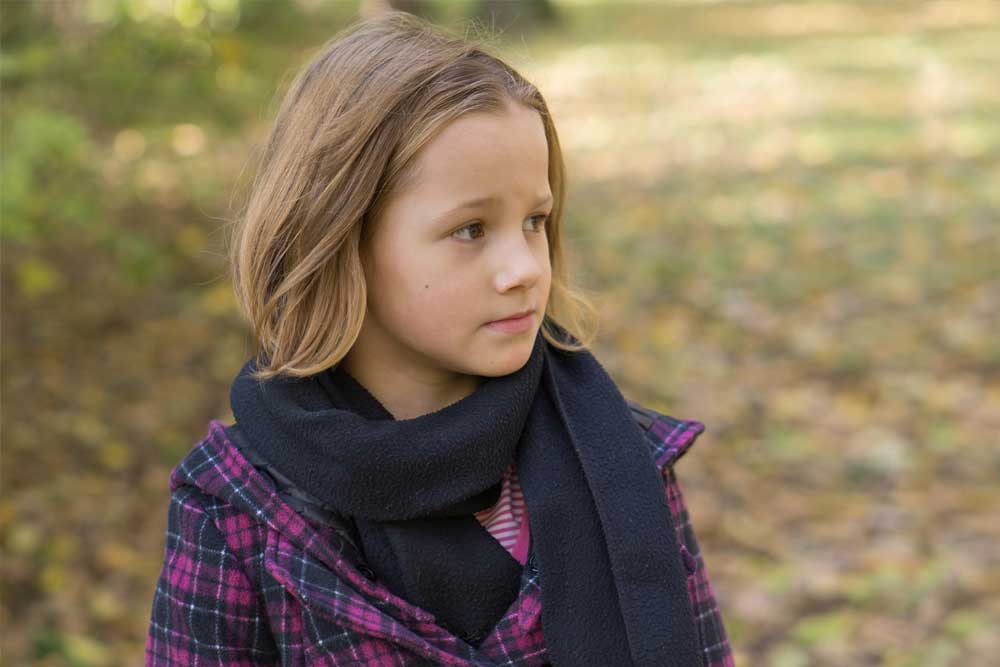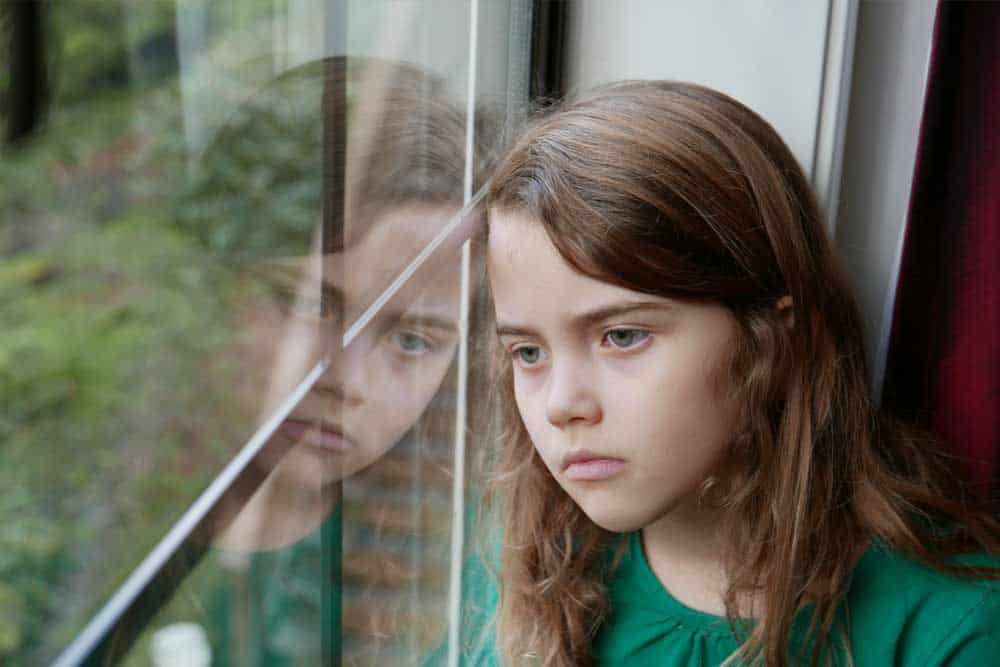As your child grows up, you are provided a front-row seat to spectate their navigation of the world around them. For some parents, however, you may begin to notice that your child’s emotionality becomes especially burdened by daily stressors, evoking anxious responses.
For most children, worry is a natural part of growing up- like anything, a healthy amount of consciousness regarding social, academic, or personal affairs is an innate part of positive development and leading a balanced lifestyle. When the worry evolves into a response more akin to panic, expanding to physical reactions such as an increased heart rate or light-headedness, suddenly your child is dealing with a mental health adversity different from their peers.
What are the different types of Anxiety?
Anxiety, although a single category of mental health challenges, takes unique form in each individual. For this reason, it’s important for parents to understand the varying profiles of different mental disorders in order to best identify it in their child. In simplest terms, the condition is a natural biological reaction to stress about something the individual fears.
The neurological response is triggered by your child’s specific worries, whether they be academic, personal, or social. Their disorder, however, allows for a heightened response to stressors, which results in extensive emotional and physical responses that can be debilitating to their overall quality of life. What they worry about and the associated response can determine what type of anxiety they may be struggling with.
- Generalized Anxiety is the most common of the anxiety disorders. If your child struggles with this, they may have a plethora of things they worry about, often times all at once. Their consistent focus on the probability of worst outcomes can lead to physical symptoms like headaches or fatigue.
- Obsessive Compulsive Disorder (OCD) occurs if what your child worries about manifests into obsessions. They become so preoccupied by thoughts of their particular fear that they will adopt compulsive, repetitive actions as a means to alleviate stress.
- Phobias are anxiety disorders that take form as an intense, overwhelming fear. Your child may become so inundated by this fear, they resort to complete avoidance of any situations involving it.
- Social anxiety involves anxious responses triggered by social situations. Perhaps your child lives through severe emotional or physical reactions when faced with public speaking, making friends, or being in crowds.
- Panic attacks are a physical anxious reactions that may not necessarily have any reason for their occurrence. This is the most physical of the disorders, triggering dizziness, shortness of breath, fatigue, and muscle tension.
- Post traumatic Stress Disorder (PTSD) is an anxiety disorder that develops due to your child experiencing a specific traumatic event. Due to PTSD, they may suffer from nightmares or flashbacks.
Depression: The Associated Symptom
Often times, an individual becomes labeled with a particular anxiety and the overall complexity of this disorder is ignored. The intense emotional responses your child experiences when they’ve become triggered could be associated or eventually lead to depression. Mental health challenges tend to be “comorbid.” This means that an individual’s primary diagnosis is also associated with other illnesses, much like depression and anxiety, which are comorbide in about 60 percent of cases. If your child is experiencing two illnesses at once, this can be immensely overwhelming, calling for immediate self-care practices to be initiated as early as possible. In order to effectively do this, it’s helpful to identify the stages of childhood depression in order to become familiar with how their symptoms fit into your child’s anxiety disorder.
- Depression 1(D1): Children who exhibit expressions of general sadness as it relates to social concepts such as alienation from peers or personal conflicts like personal loneliness. This type of depression is most prevalent in very young children, and can be accompanied by a difficulty to articulate feelings.
- Depression 2 (D2): Children whose sadness is stemming greatly from personal conflicts such as negative self-esteem. Associated feelings emanating from self-esteem issues are articulated as worthlessness and a inability to be loved by those around them. This type of depression is expressed in older children, typically preteen to early adolescent.
- Depression 3 (D3): Children whose depressive symptoms have progressed to a state so overwhelming they are most akin to those experienced by clinically depressed adults. This exists in a small amount of children, usually in later adolescence, and leads to a belief of deserving punishment for their inadequacy. The punishing attitude may take form as suicidal thoughts. This depression is fueled by guilt.
Your child, regardless of their specific category of anxiety, may begin in the affectual phase of depression (D1), which is experienced by most commonly by the 6 to 8 age range. The ages typically increase with the progression of depressive symptoms from D1 to D3.
Self-Care Practices: Measures to Take to Help your Child
There is no way to instantly heal your child of their anxiety and depression, but there are practical ways to effectively alleviate their struggle so as to create opportunity for treatment. Opening up a healthy dialogue with your child about their anxiousness or depressive feelings will create a safe environment for them to come to terms with their disorder.
By pointedly addressing situations that trigger them, you can allow your child to safely delve into the inner workings of their anxiety. This can help develop a strong awareness of the roots of their anxiety so they may better recognize stressful situations and navigate them before they escalate.
Sometimes, however, having your child constantly talk about their anxiety or depression can be overwhelming and, counter productively, cause more emotionally jarring responses. Eliminate exhaustion by utilizing sound therapy.
How You Can Get Help For Your Child
Blissiree Pty Ltd offers two types of audio programs fit to work at reducing symptoms of anxiety, one for birth to 5 years of age and another suited for children ages 5 to 12. Each program can be purchased for 99 AUD, allowing parents to easily insert the audio into their child’s night-time self-care routine. By playing it while they sleep, the child is able to receive therapeutic benefits for their symptoms subconsciously. This allows them to focus more of their time awake on resuming their regular routine while experiencing softer symptoms because they’ve been aided by the program.
Sounds have been utilized for centuries as a means of alleviating illness, the ancient Tibetan practice of sound baths being brought into to more modern meditative practices for reducing stress and anxiety. Within the practice, sound specialists submerge the individual receiving the treatment with sounds produced from a variety of natural instruments. The use of sound is effective in treating anxiety and its associated symptoms due to the positive neurological response the brain has to the noise. When using a night-time audio program for your child’s symptoms, their brain can experience the same benefits. Introducing this practice to them early on in their struggle with anxiety will help condition it into their self-care routine, equipping them with a life-long tool for managing their stress.




